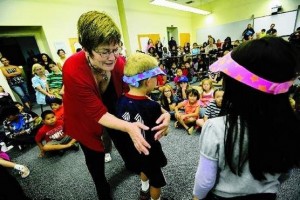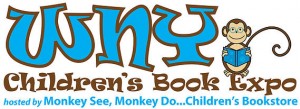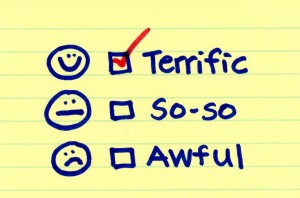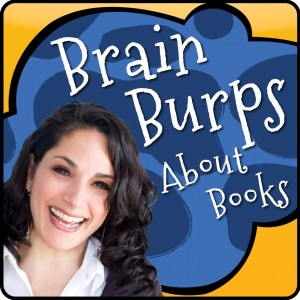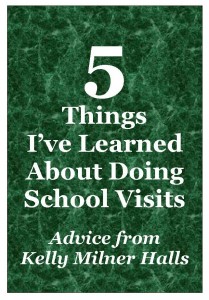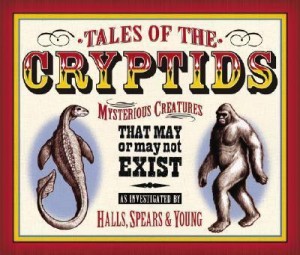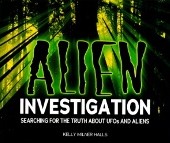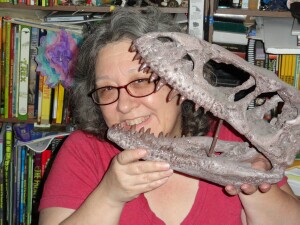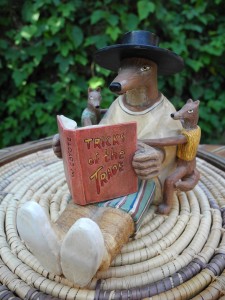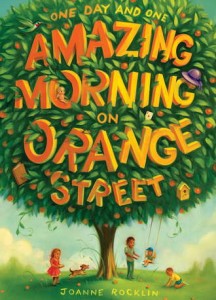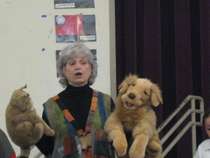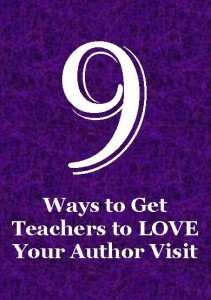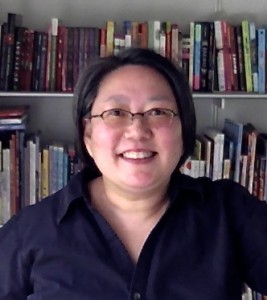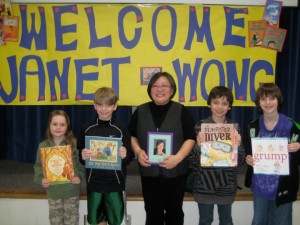 My brochure has my bio. My website has several versions. So I assume that hosts will mine those bio bits when they introduce me to the students before my assemblies.
My brochure has my bio. My website has several versions. So I assume that hosts will mine those bio bits when they introduce me to the students before my assemblies.
Wrong assumption.
Usually, my hosts’ introductions consist of a long warning of how the kids must “be respectful” in assembly and the consequences if they are not. Then the introducer says, “And here’s Alexis O’Neill. She’s written lots of books.”
This next school visit season, I’m taking advice from my friend, Janet Wong, and taking charge of this. Janet is a frequent speaker at schools and conferences and also is the co-creator (with Sylvia Vardell ) of The Poetry Friday Anthology series.
Read on to find out how Janet has taken the pain out of painfully cringe-worthy introductions:
Janet writes: Like most of us, I have a bio statement on my website; like many of us, I wrote it for an adult audience of conference organizers, teachers, librarians, and parents. So while I’m always happy to listen to a recap of my honors and my literacy committee work, kids might find it a little boring—and long. Having the principal read my website message at the beginning of an assembly probably isn’t the best way to get kids excited about having me there.
I do want teachers and parents to know about the many aspects of my work—but perhaps the best time for someone to read my website bio aloud is during a staff meeting or PTO meeting, a month before my visit. On the day of the event, seconds before I’m given the microphone, something short and snappy is better, such as:
Janet Wong is the author of dozens of books for kids—but she didn’t always write for children. She used to be a lawyer. Why did she switch jobs from a lawyer to a poet? How did writing get her featured in an Oprah spot? And invited to speak at the White House? Let’s hear Janet Wong tell the story HERSELF!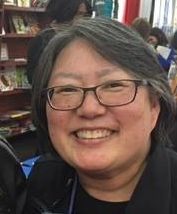
I suggest sending your “snappy intro” along with your “intro for the PTO and staff” in a first packet of materials—but also bringing the snappy intro on the day of your visit, in case it has been misplaced. And have a display table of all your books set up next to you in the front of the room. (Ask the librarian in advance to provide them, if you’re traveling light.) Even if you don’t read from all of your books, having them there will give you instant “street cred”—and that’s what the assembly intro is all about, right?
So, folks, pardon me while I leave you to craft a snappy, engaging introduction to hand to my school visits hosts as they step up to the microphone next year. Thanks for the advice, Janet!

